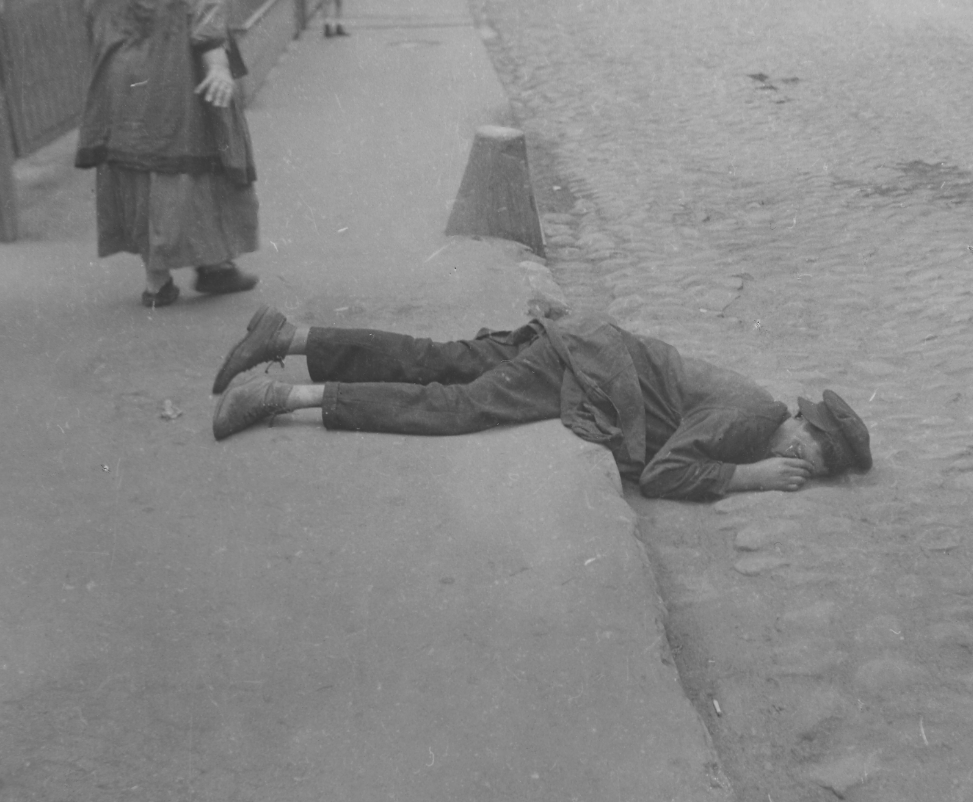For the 140th anniversary of James Abbe’s birthday, a section with the photographer’s photos appeared on the Museum’s website
140 years ago, on July 17, 1883, James Abbe was born – a famous American photographer and journalist who collaborated with major American and European publications Vogue, Vanity Fair, The London Magazine, Vu, Berliner Illustrirte Zeitung.

Abbe visited the USSR twice — in 1927 and 1932. During the second trip, he visited Ukraine, in particular, the Kharkiv and Donetsk regions; he visited the mines of Donbas and the construction of Dniprobud.
The American described his impressions of the trip in the book “I photograph Russia”, which was published in New York in 1934, and illustrated it with his own photos. In it, the author could not avoid the famine in Ukraine, which he saw with his own eyes, although it was carefully hidden from the eyes of foreigners.
An American who took pictures of Charlie Chaplin and other Hollywood stars in the USSR seemed to have found himself in some sort of movie himself, the script for which was written by the Bolsheviks. After all, what Soviet propaganda enthusiastically talked about turned out to be a big lie.
Since the journalist was almost constantly accompanied by representatives of the authorities, whom he calls “guides”, he had little opportunity to see and photograph anything beyond the staged photos he was shown. But he constantly tried to escape the watchful eyes of his “guides” in order to communicate with ordinary people and record the moments of real life in the USSR.
In Kharkiv, Abbe managed to communicate with ordinary citizens. After these conversations, the journalist realized that Ukrainians were hostile to the Stalinist regime and supported Ukraine’s exit from the USSR.
“I managed to evade my guides to talk to Ukrainians who had nothing to sell. I discovered that underground opinion generally favored the secession of the Ukraine — the largest republic — from the USSR … if only it were possible. Ukrainians would even prefer German rule to participation — God save the mark — in alien Bolshevism.” writes James Abbe in the section “Banquets and Hunger.”
While in Ukraine, he clearly understood the difference between Ukrainians and Russians. “After all, the Ukrainians are a national entity and in no wise Russian. They have their own language, one of the one hundred and fifty-odd languages in the USSR, a language entirely different from Slavic Russian. The Ukraine is the most fertile grain country in the USSR, if not in the world; its people resent bearing the burden of feeding the vast Soviet Union and much of the outside world as well…”
“In his book, Abbe very aptly emphasized the inequality in the USSR, comparing the life of the top of the party and the GPU with the hungry everyday life of ordinary workers and peasants,” emphasizes Mykhailo Kostiv, head of the Genocide, Crimes Against Humanity, and War Crimes Research Department of the Holodomor Museum. – The journalist tried to distinguish the specially created “Potemkin villages” for foreigners, which were limited to a hotel for foreign guests, a demonstration collective farm or a school, from the reality, where poverty and hunger reigned. The book also traces the mockery of the Soviet propaganda system, which formed a parallel reality incomparable to real life.”
To mark the 140th anniversary of the birth of James Abbe, we have added a new section on our website with photographs of the photographer, permission to publish them has been kindly granted by the James Abbe Archive. You can see the photos by following the link: https://holodomormuseum.org.ua/archive/arkhiv-abbe/.
You can also find the most interesting photos of the photographer by following the links:




